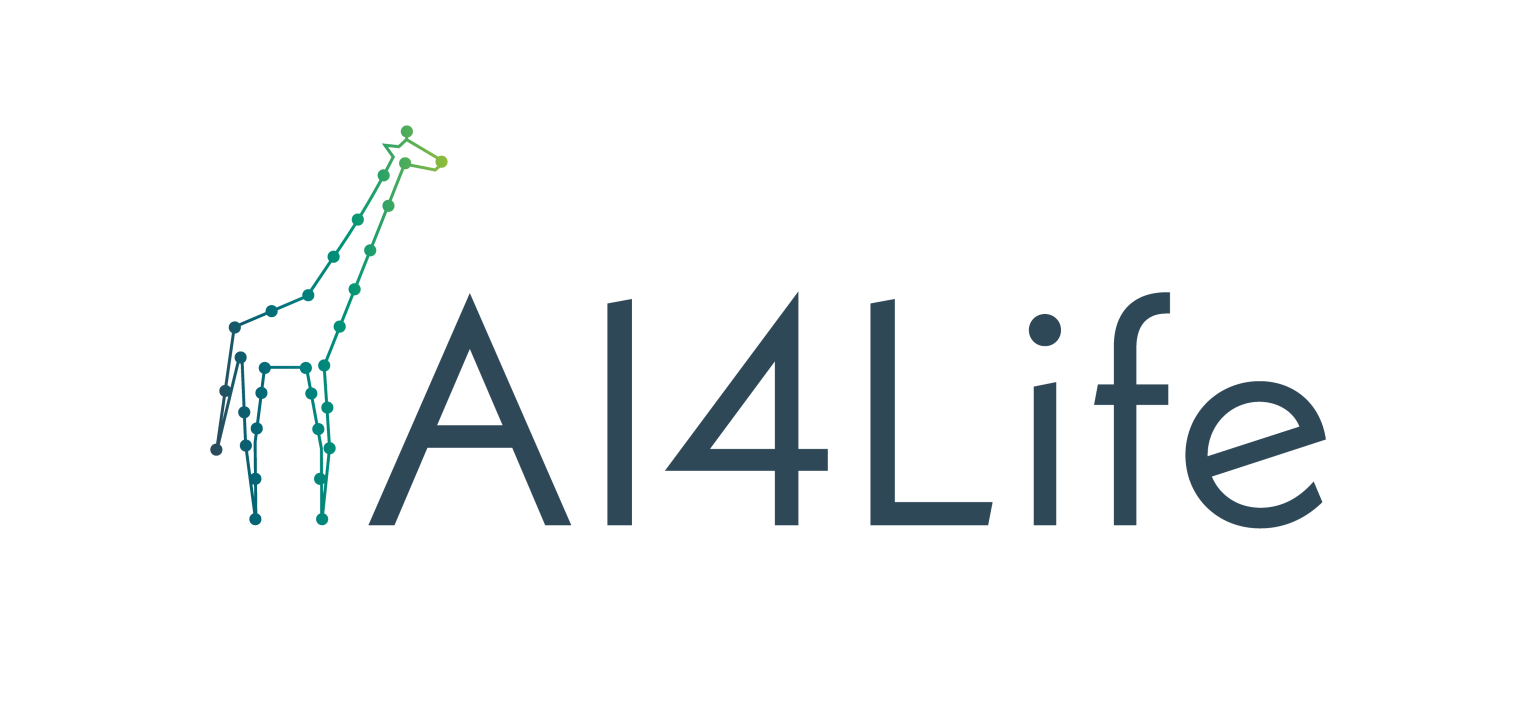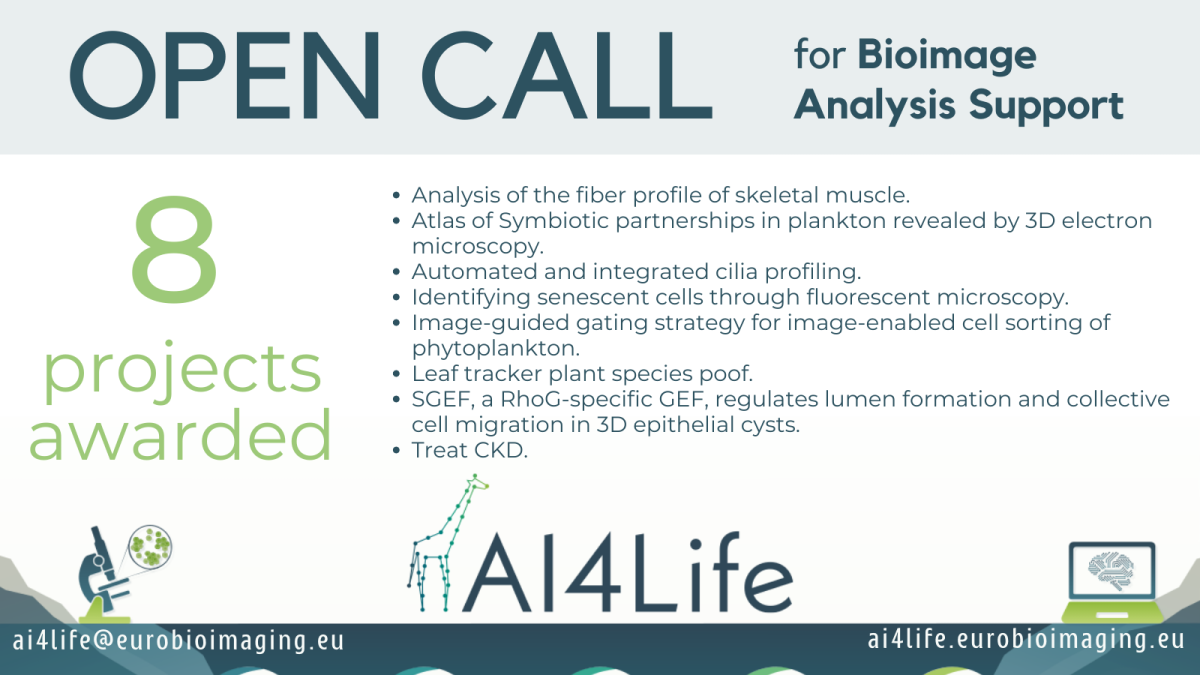Models developed in AI4Life and Bioimage.io now made available in AIVIA
AI4Life and Leica are announcing their collaboration to make deep-learning models developed by the bioimage community available to a wider user community through integration into Leica’s AIVIA software.
In a commitment to the scientific community, AI4Life and Leica Microsystems join forces to help researchers to leverage AI in complex experiments. AI4Life, coordinated by Euro-BioImaging, is a Horizon Europe-funded project that brings together the computational and life science communities. Its goal is to empower life science researchers to harness the full potential of Artificial Intelligence (AI) methods for bioimage analysis – and in particular microscopy image analysis, by providing services, and developing standards aimed at both developers and users.
One of the consortium’s objectives is to build an open, accessible, community-driven repository (the BioImage Model Zoo) of FAIR pre-trained AI models and develop services to deliver these models to life scientists. Together with their community partners, the consortium ensures that models and tools are interoperable with Fiji, ImageJ, Ilastik and other open-source software tools.
In the meantime, Leica Microsystems has cultivated a valuable connection with the AI4Life project and the BioImage Model Zoo. Most recently, the Leica team had the opportunity to meet the people behind the AI4Life project at a workshop organized by the Euro-BioImaging Industry Board (EBIB). It was there, through their participation, that they realized the power of their combined resources.
Widely recognized for optical precision and innovative technology, Leica Microsystems supports the imaging needs of the scientific community with AIVIA, their advanced Al-powered image analysis software. AIVIA is a complete 2-to-5D image visualization and analysis platform designed to allow researchers to unlock insights previously out of reach. Through the joined effort, BioImage Model Zoo models can now also be easily integrated into Leica’s commercial software AIVIA.
“We see this initiative as an opportunity to tie in AIVIA with the scientific community and to make work done by the community accessible in a convenient way to AIVIA users.” said Constantin Kappel, Manager AI Microscopy and Insights at Leica Microsystems.
To achieve this, Leica is taking the models that are published in BioImage.io and converting them to their own AIVIA Model repository format for interoperability with AIVIA. From a small number of models, the offer will gradually be increased.
This further supports the aim of AI4Life to lower the barriers for using pre-trained models in image data analysis for users without substantial computational expertise or those with existing licences, who might rely on commercial solutions.
This is a great example of how resources curated by academia and available in open access can be of interest to the imaging industry. The source of the models are recognized directly in AIVIA, a nice testimony to industry-academia collaboration and a nice endorsement of the models curated by the BioImage Model Zoo.
“We much appreciate the interest of Leica. Models relevant to AIVIA will be directly available to users, which is a testimony to fruitful industry-academia collaboration and a great endorsement of the utility of the BioImage Model Zoo. We hope many other software tools will follow Leica’s lead and also start benefitting from this community resource we are currently building” said Florian Jug, one of the scientific coordinators of AI4Life.
“Bioimage.io is supported by AI4Life. AI4Life has received funding from the European Union’s Horizon Europe research and innovation programme under grant agreement number 101057970.”
More information:
https://www.aivia-software.com/post/pancreatic-phase-contrast-cell-segmentation-bioimage-io
https://www.aivia-software.com/post/hpa-cell-segmentation-bioimage-io
https://www.aivia-software.com/post/hpa-nucleus-segmentation-bioimage-io
https://www.aivia-software.com/post/b-subtilist-bacteria-segmentation-bioimage-io



